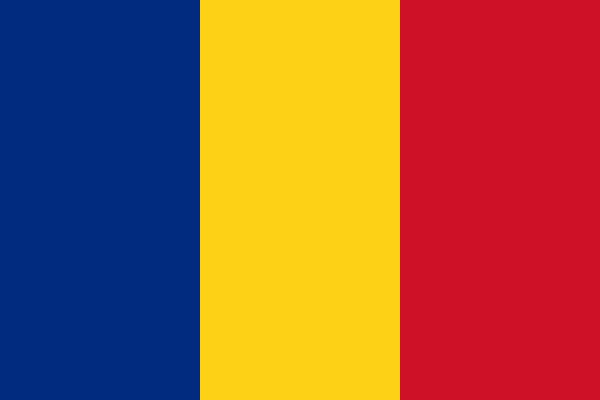 Romania (pronounced /roʊˈmeɪniə/ roe-MAY-nee-ə dated: Rumania; Romanian: România [romɨˈni.a] ) is a country located at the crossroads of Central and Southeastern Europe, north of the Balkan Peninsula, on the Lower Danube, within and outside the Carpathian arch, bordering on the Black Sea. Almost all of the Danube Delta is located within its territory.
Romania (pronounced /roʊˈmeɪniə/ roe-MAY-nee-ə dated: Rumania; Romanian: România [romɨˈni.a] ) is a country located at the crossroads of Central and Southeastern Europe, north of the Balkan Peninsula, on the Lower Danube, within and outside the Carpathian arch, bordering on the Black Sea. Almost all of the Danube Delta is located within its territory.
Romania shares a border with Hungary and Serbia to the west, Ukraine and the Republic of Moldova to the northeast, and Bulgaria to the south.
Romania emerged as principalities of Moldavia and Wallachia united under prince Alexander John Cuza in 1859 and as the Kingdom of Romania under the Hohenzollern monarchy, it gained recognition of independence from the Ottoman Empire in 1878.
In 1918, at the end of the World War I, Transylvania, Bukovina and Bessarabia united with the Kingdom of Romania. At the end of World War II, parts of its territories (roughly the present day Republic of Moldova and the southern half of Odessa oblast (today in Ukraine)) were occupied by theSoviet Union and Romania became a socialist republic, member of the Warsaw Pact.
With the fall of the Iron Curtain and the 1989 Revolution, Romania started a series of political and economic reforms. After a decade of post-revolution economic problems, Romania made economic reforms such as low flat tax rates in 2005 and joined the European Unionon January 1, 2007.
Romania is now an upper-middle income country with high human development, although within the European Union, Romania’s income level remains one of the lowest.
Romania has the 9th largest territory and the 7th largest population (with 21.5 million people) among the European Union member states.
Its capital and largest city is Bucharest (Romanian: Bucureşti [bukuˈreʃtʲ]), the 6th largest city in the EU with 1.9 million people. In 2007 the city of Sibiu was chosen as a European Capital of Culture.
Romania also joined NATO on March 29, 2004, and is also a member of the Latin Union, of the Francophonie, of the OSCE and of the United Nations, as well as an associate member of the CPLP. Romania is a semi-presidential unitary state.

Notes from Wikipedia








